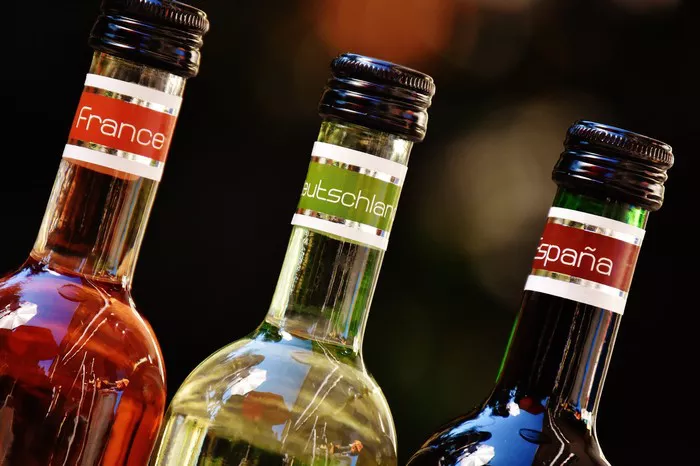Rosé champagne, with its delicate pink hue and elegant effervescence, is a favorite choice for celebrations and special occasions. It offers a unique flavor profile that balances the freshness of white champagne with the fruity notes of red wine. But have you ever wondered how rosé champagne is made? In this article, we’ll uncover the intriguing process behind crafting rosé champagne, from grape selection to fermentation techniques. So, let’s explore the world of rosé champagne production.
1. Grape Selection
The journey of making rosé champagne begins with selecting the right grape varieties, just like traditional champagne production. The key grape varieties used in rosé champagne production include:
Pinot Noir: This red grape variety is known for its deep color and fruity flavors. It is commonly used in rosé champagne production.
Pinot Meunier: Another red grape variety that adds fruitiness and roundness to the wine.
Chardonnay: While primarily a white grape, Chardonnay can also be used in small proportions to contribute acidity and finesse.
2. Harvesting the Grapes
The grapes are harvested at the peak of ripeness, typically during the early autumn months. Like other champagne grapes, rosé champagne grapes are often hand-picked to ensure only the best fruit is selected.
3. Pressing the Grapes
Once harvested, the grapes are gently pressed to extract the juice. What sets rosé champagne apart is that the grape skins are left in contact with the juice for a short period, usually a few hours to a couple of days. This contact time imparts the pink color to the juice.
4. Skin Maceration
The period of skin contact, known as “skin maceration,” allows the natural pigments in the grape skins to infuse into the juice. Winemakers monitor the color development carefully to achieve the desired shade of pink.
5. Fermentation
After skin maceration, the juice is separated from the skins and fermented. The primary fermentation takes place in stainless steel tanks, similar to the process used for white champagne.
6. Blending
Blending is a crucial step in rosé champagne production. The winemaker blends the base wines from different grape varieties and vineyards to create the desired flavor and style. This blending process allows for the adjustment of color, acidity, and fruitiness.
7. Secondary Fermentation
The base wine is then bottled with a mixture of yeast and sugar to trigger a second fermentation, similar to the process for white champagne. This fermentation creates the effervescence (bubbles) in the wine.
8. Aging on Lees
The bottles are aged on their lees (dead yeast cells) to develop complexity and flavors. The length of time spent on the lees can vary, ranging from a minimum of 15 months to several years for premium rosé champagnes.
9. Riddling and Disgorgement
The bottles undergo riddling, a process that gradually tilts the bottles and collects the yeast sediment in the neck. After riddling, the neck of the bottle is frozen, and the sediment is expelled in a process known as disgorgement.
10. Dosage and Corking
A small amount of wine and sugar (dosage) is added to the bottles to adjust sweetness levels. The bottles are then corked and sealed with a wire cage.
Conclusion
In conclusion, the production of rosé champagne involves a careful and precise process that balances the flavors of red and white grapes. From grape selection and skin maceration to blending and aging, each step contributes to the distinctive taste and appearance of rosé champagne. The result is a sparkling wine that captivates with its pink color, fruity bouquet, and effervescent charm, making it a delightful choice for toasts and celebrations. The next time you savor a glass of rosé champagne, you can appreciate the craftsmanship that goes into creating this exquisite drink.


